Expansion of Smart City Initiatives
The expansion of smart city initiatives in Japan significantly influences the system on-module market. As urban areas increasingly adopt smart technologies, the demand for integrated solutions rises. System on-modules are well-suited for applications in smart infrastructure, including traffic management and energy distribution. This trend is expected to drive a market growth of approximately 20% by 2026, as municipalities invest in modernizing their infrastructure. The system on-module market must capitalize on this opportunity by developing tailored solutions that meet the specific needs of smart city projects.
Rising Demand for Compact Solutions
The system on-module market in Japan experiences a notable surge in demand for compact and efficient solutions. As industries increasingly prioritize space-saving designs, manufacturers are compelled to innovate. This trend is particularly evident in sectors such as consumer electronics and automotive, where the need for miniaturization is paramount. The compact nature of system on-modules allows for enhanced performance without compromising on size, making them ideal for modern applications. In 2025, the market is projected to grow by approximately 15%, driven by this demand for smaller, more efficient systems. The system on-module market must adapt to these evolving requirements to maintain competitiveness.
Increased Focus on Energy Efficiency
Energy efficiency has become a critical focus for industries in Japan, impacting the system on-module market. As companies strive to reduce their carbon footprint, the demand for energy-efficient solutions is on the rise. System on-modules, known for their low power consumption, align well with these sustainability goals. In 2025, the market is anticipated to grow by 18% as businesses increasingly adopt energy-efficient technologies. The system on-module market must continue to innovate in this area to meet the evolving expectations of environmentally conscious consumers and regulatory bodies.
Technological Advancements in Manufacturing
Technological advancements in manufacturing processes significantly influence the system on-module market in Japan. Innovations such as 3D printing and advanced semiconductor fabrication techniques enhance production efficiency and reduce costs. These advancements enable manufacturers to produce high-quality modules at a lower price point, thereby expanding their market reach. In 2025, the system on-module market is expected to benefit from a 10% reduction in production costs due to these technological improvements. As a result, companies can invest more in research and development, fostering further innovation and growth within the industry.
Government Support for Electronics Innovation
The Japanese government actively supports the electronics sector, which plays a crucial role in the system on-module market. Initiatives aimed at fostering innovation and research in electronics are likely to provide financial incentives and grants to companies developing advanced technologies. This support is expected to stimulate growth in the system on-module market, with projections indicating a potential increase of 12% in market size by 2026. Such government backing not only encourages local manufacturers but also attracts foreign investment, further enhancing the competitive landscape of the industry.

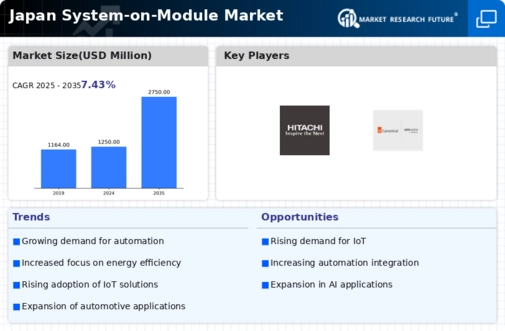
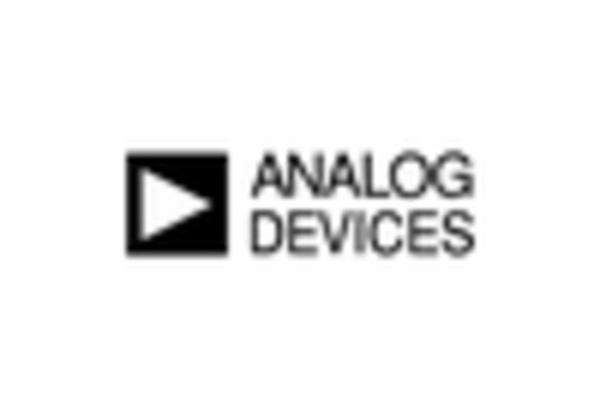
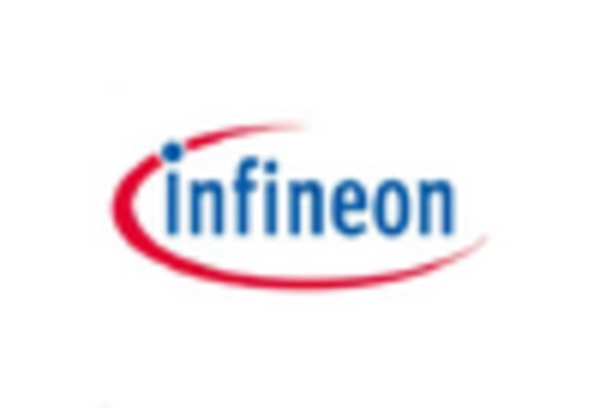
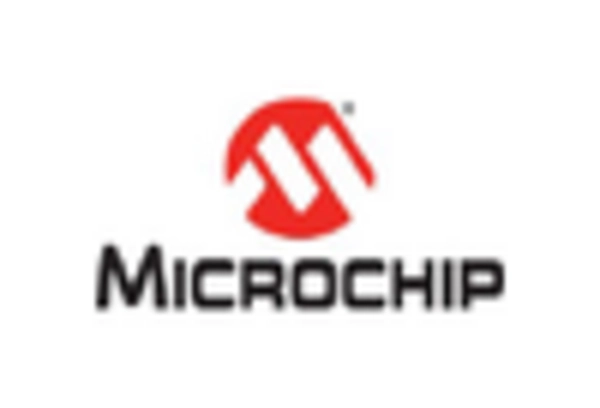
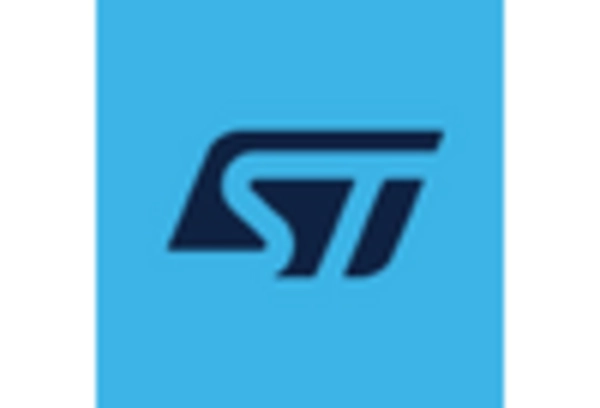
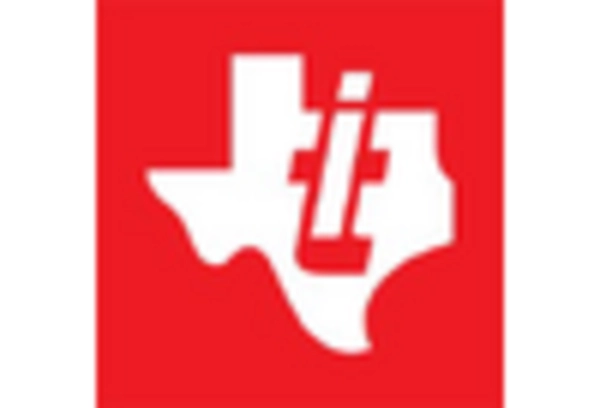








Leave a Comment